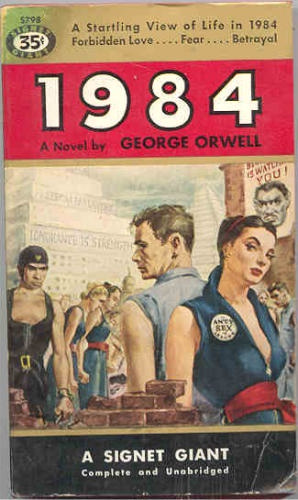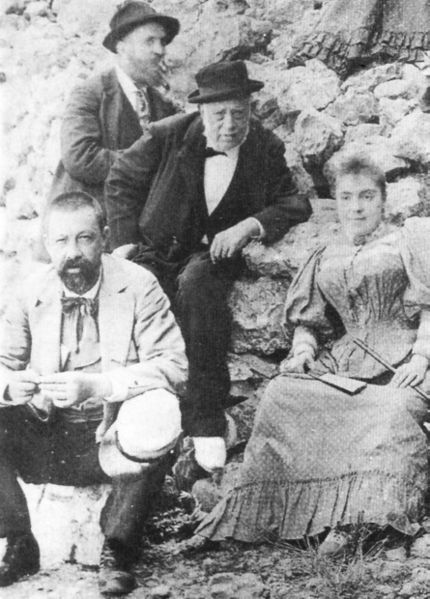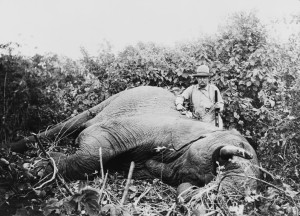Orwell, of course, was the main inspiration for Apple’s “1984” Super Bowl ad by Ridley Scott, but it also riffed on Fritz Lang’s Metropolis, which is perhaps more influential from a visual perspective than any other work of art ever. Sure, Lang’s plot was overheated, but, my god, those images. You can’t truly be literate about media without having seen it.
The Apple spot “went viral” thirty years ago, even though it was shown only once, and there was yet no infrastructure for it to be propelled by person to person. What careered around the world wasn’t the actual spot but verbal descriptions of it. It was the collision of a new thing (computers) and an old thing (oral history). And soon enough, the centralized media was smashed, though that didn’t make the world perfect. Tyranny doesn’t disappear; it just attempts to reinvent itself.
Steve Jobs introduces the commercial at the 1984 Apple keynote.






